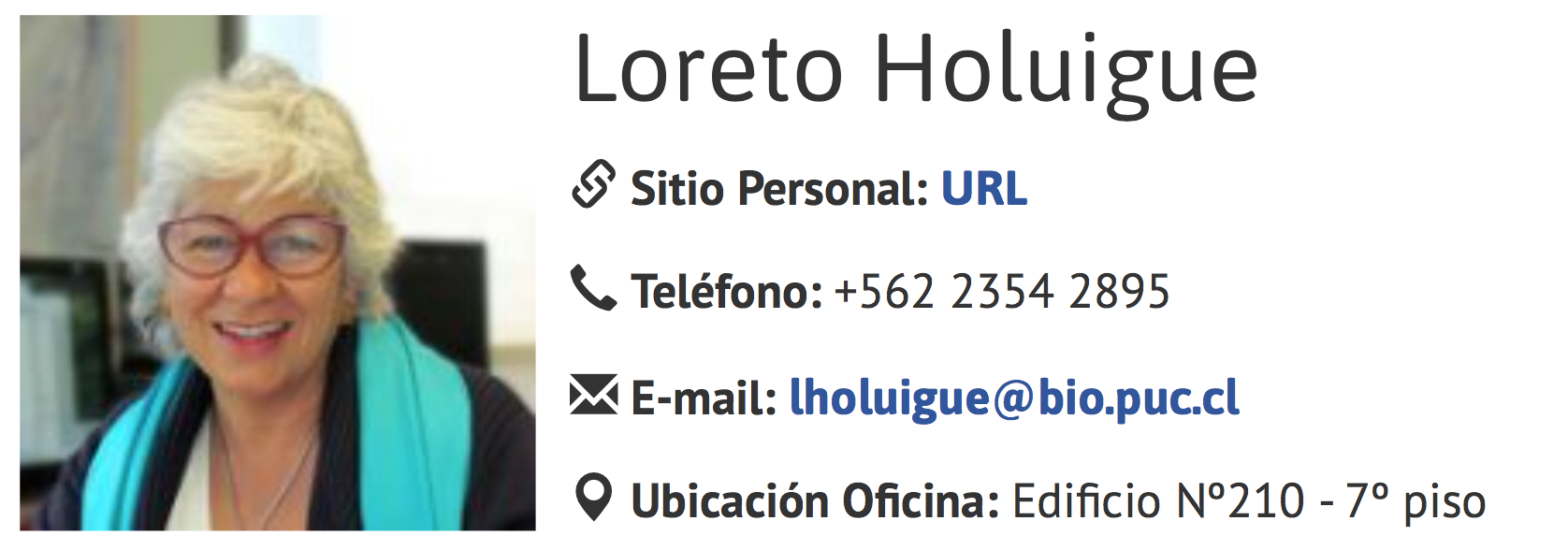博文
Plant Physiology:拟南芥胁迫诱导的水杨酸合成分子机理
||
PROHIBITIN 3 forms complexes with ISOCHORISMATE SYNTHASE 1 to regulate stress-induced salicylic acid biosynthesis in Arabidopsis
Salicylic acid (SA) is a major defense signal in plants. In Arabidopsis (Arabidopsis thaliana), the chloroplast-localized isochorismate pathway (异分支酸途径) is the main source of SA biosynthesis during abiotic stress or pathogen infections. In the first step of the pathway, the enzyme ISOCHORISMATE SYNTHASE 1 (ICS1; 异分支酸合酶) converts chorismate (分支酸) to isochorismate. An unknown enzyme subsequently converts isochorismate to SA. Here, we show that ICS1 protein levels increase during UV-C stress. To identify proteins that may play roles in SA production by regulating ICS1, we analyzed proteins that co-immunoprecipitated (免疫共沉淀) with ICS1 via mass spectrometry (质谱分析). The ICS1 complexes contained a large number of peptides from the PROHIBITIN (PHB; 阻抑素) protein family, with PHB3 the most abundant. PHB proteins have diverse biological functions that include acting as scaffolds (支架) for protein complex formation and stabilization. PHB3 was previously reported to localize to mitochondria. Using fractionation (分馏法), protease protection (蛋白酶保护), and live imaging (实时成像), we show that PHB3 also localizes to chloroplasts, where ICS1 resides (驻留). Notably, loss of PHB3 function led to decreased ICS1 protein levels in response to UV-C stress. However, ICS1 transcript levels remain unchanged, indicating that ICS1 is regulated post-transcriptionally (转录后). The phb3 mutant displayed reduced levels of SA, the SA-regulated protein PR1, and hypersensitive (高度灵敏的) cell death in response to UV-C and avirulent (无毒性的) strains of Pseudomonas syringae (丁香假单胞菌), and correspondingly supported increased growth of P. syringae. Expression of a PHB3 transgene in the phb3 mutant complemented all of these phenotypes. We suggest a model in which the formation of PHB3-ICS1 complexes stabilizes ICS1 to promote SA production in response to stress.
水杨酸是一个主要的植物防御信号。在拟南芥中,位于叶绿体的异分支酸途径是非生物胁迫或病原菌侵染后植株主要的水杨酸生物合成来源。该途径的第一步是异分支酸合酶ICS1把分支酸转化为异分支酸;第二步就是通过一个未知酶把异分支酸转化为水杨酸。本文报道了ICS1蛋白会在UV-C胁迫下含量增加。为了鉴定在植物中通过ICS1蛋白调控水杨酸产量的蛋白,作者通过质谱分析对与ICS1一起免疫共沉淀的蛋白进行分析。结果显示ICS1复合物包含了大量的阻抑素PHB蛋白家族成员,其中有以PHB3最为富集。PHB在植物多个发育进程起作用,主要作为蛋白复合物形成和稳定的支架。PHB3先前被认为定位于线粒体中。通过分馏法、蛋白酶保护和实时成像,本文显示PHB3还定位于叶绿体中,也就是ICS1蛋白驻留的地方。有趣的是,缺少PHB3蛋白功能的植株在UV-C胁迫处理后会表现出ICS1蛋白水平的降低。然而,ICS1转录本水平保持不变,说明ICS1是被转录后调控的。phb3突变体植物会在响应UV-C处理或是无毒力丁香假单胞菌处理后表现出水杨酸含量和水杨酸调控的蛋白PR1的减少,以及过度敏感的细胞死亡,进而进一步增强了丁香假单胞菌的生长。在phb3突变体中表达PHB3基因能够恢复所有phb3突变体的表型。本文提出了PHB3-ICS1复合物的形成通过维持ICS1蛋白的稳定进而促进植物响应胁迫时水杨酸的合成。
通讯:Loreto Holuigue (http://postgrado.bio.uc.cl/facultad/profesores/loreto-holuigue/)
研究方向:主要以模式植物拟南芥为研究对象对胁迫条件下植物的防御反应分子机制进行研究。
doi: https://doi.org/10.1104/pp.17.00941
https://blog.sciencenet.cn/blog-3158122-1098361.html
上一篇:Nature Plants:买麻藤基因组草图
下一篇:New Phytologist:SWEET蛋白作用于水稻种子鼓粒
全部作者的其他最新博文
- • Plant Physiology:CsMADS3促进柑果中的叶绿素降解和类胡萝卜素合成(华中农业大学)
- • Molecular Plant:LBD11-ROS反馈调节作用于拟南芥的维管形成层增殖和次生生长(浦项科技大学)
- • Science Advances:根结线虫通过调控植物的CLE3-CLV1模块,促进侵染进程(日本熊本大学)
- • Nature Communications:油菜素内酯参与植物营养生长期转变的分子机制解析(浙江农林大学)
- • Current Biology:光合作用产生的蔗糖驱动侧根“生物钟”(德国弗莱堡大学)
- • PNAS:花同源异型基因在叶中被抑制、花中被激活的分子机制(南卡罗来纳大学)

